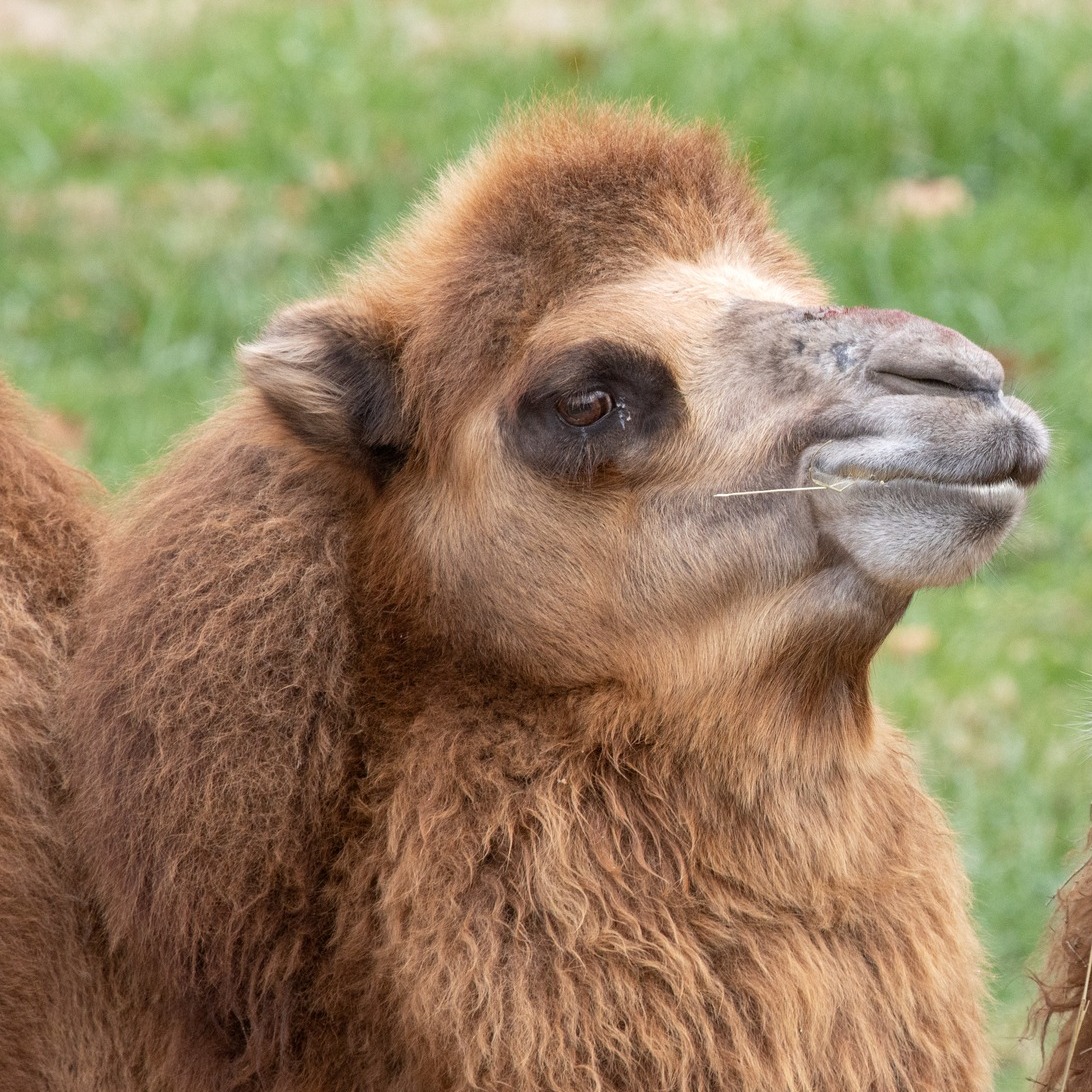- The intricate relationship between zoo management and wildlife conservation.
- The role of photography and media in wildlife education and conservation.
- Insights into modern zoo practices focusing on animal welfare.
- The significance of community involvement and education in conservation efforts.
- The impact of human activities on zoo management and wildlife conservation.
The multifaceted relationship between zoo management and wildlife conservation remains pivotal in the global effort to safeguard biodiversity. Zoos, originally formed for entertainment, have evolved into vital educational and conservation hubs. They play an essential role in species preservation, genetic diversity maintenance, and public education. For instance, breeding programs in zoos are foundational in conserving endangered species. Facilities meticulously plan these programs to preserve gene pools and sometimes reintroduce species into their natural habitats. This dynamic is central to ensuring the survival of species facing threats from habitat destruction and climate change.
Photography and media significantly amplify wildlife education and conservation efforts. Visual storytelling, exemplified by notable photographers like Fred Cate, allows audiences a glimpse into the lives of animals and the importance of conserving their environments. Images transcend language barriers, making complex issues more accessible and engaging. Photographs of charismatic species often draw public attention, driving awareness and support for conservation initiatives. Such media endeavors require collaboration between photographers, conservationists, and zoo professionals to achieve their educational potential.
Modern zoos emphasize practices centered on animal welfare, underscoring their commitment to ethical management. Facilities now prioritize replicate natural habitats as closely as possible, focusing on animal enrichment and psychological health. These practices represent a shift from traditional captivity towards environments where animals exhibit natural behaviors. Achieving this balance requires a comprehensive understanding of each species’ behavioral needs, social structures, and environmental preferences. This knowledge dictates enclosure design, dietary provisions, and interaction protocols, ensuring animals thrive in their care.
Community involvement is indispensable in advancing wildlife conservation and zoo management objectives. Educational programs and community events foster a connection between the public and wildlife, promoting empathy and conservation mindsets. Citizens informed about ecological issues are more inclined to support conservation policies and sustainable practices. Zoos often collaborate with educational institutions to provide curriculums that integrate biodiversity awareness, highlighting conservation’s societal relevance. Furthermore, volunteer opportunities and citizen science initiatives empower individuals to contribute actively to conservation goals.
Human activities, notably deforestation, pollution, and climate change, pose significant challenges to zoo management and wildlife conservation. These activities frequently reduce natural habitats, escalate species extinction rates, and complicate conservation strategies. To mitigate these impacts, zoos engage in habitat restoration projects and advocate for environmental protection policies. By emphasizing sustainability practices within their operations, zoos also set ecological stewardship examples. This proactive stance highlights the commitment to reducing humanity’s footprint and preserving ecosystems for future generations.
Zoos and wildlife conservation efforts continually adapt to incorporate scientific advancements and societal shifts. As public interest in conservation grows, zoos expand their roles beyond traditional paradigms to become active conservation agents. They nurture environments where both wildlife and public consciousness can flourish, aligned with the primary goal of maintaining Earth’s biodiversity for the future. This ongoing transformation reflects a deeper understanding and respect for the natural world, heralding a cooperative future in conservation endeavors.
*****
Source Description
You already know what day it is😎
📸 Photo By: Guest Fred Cate


